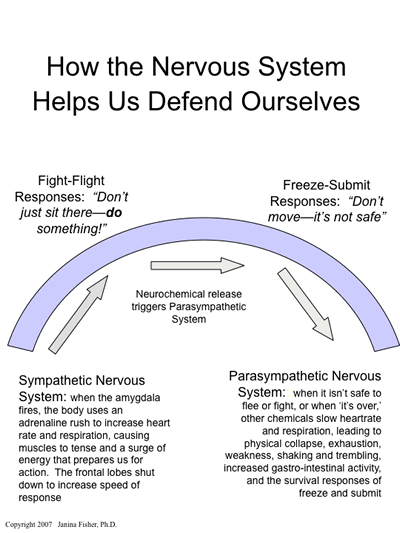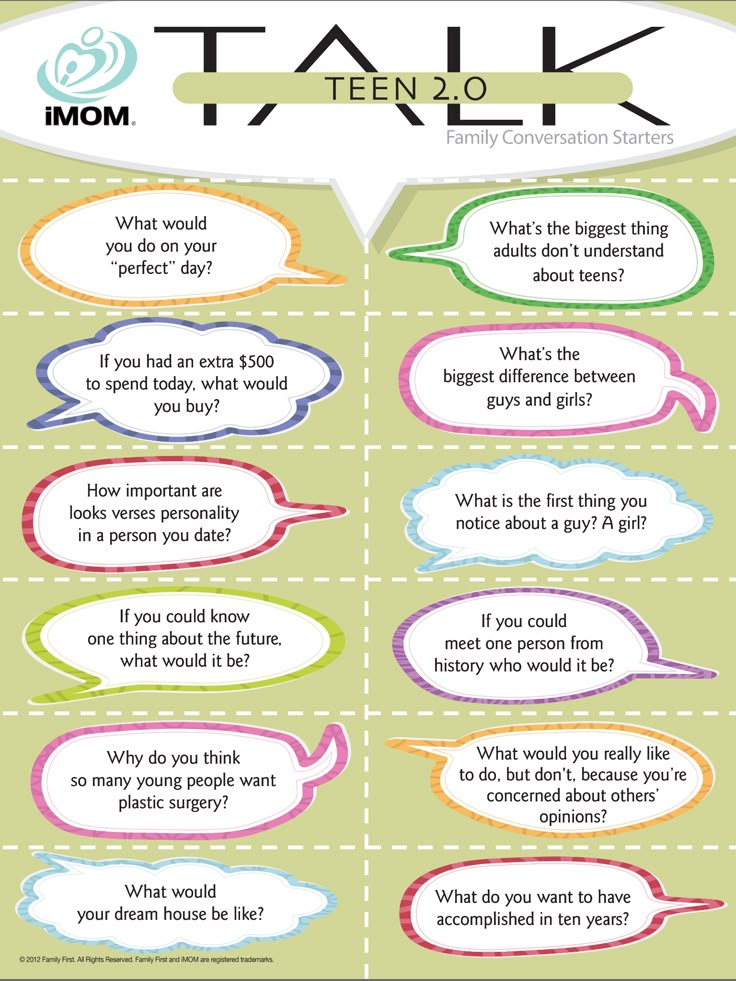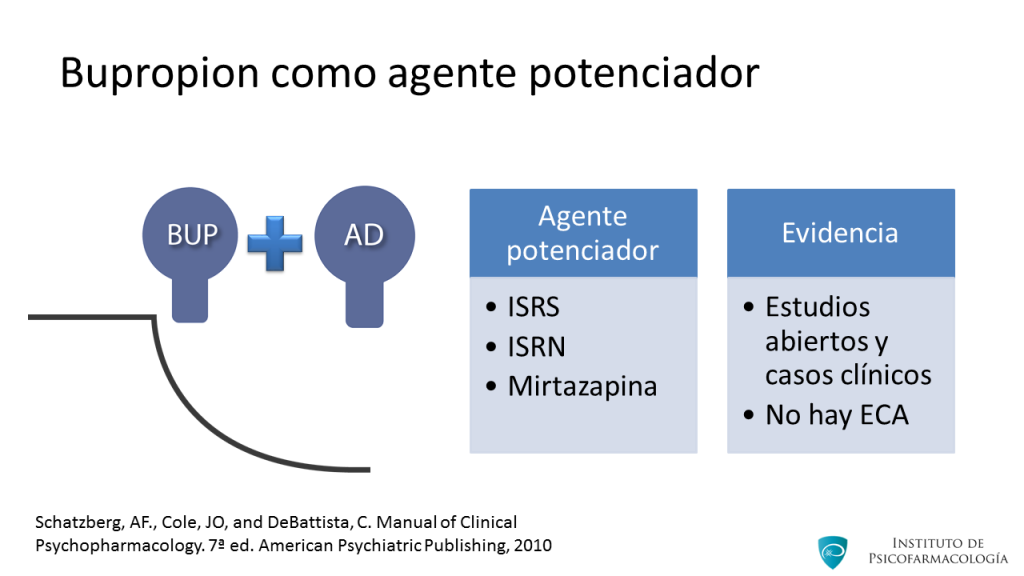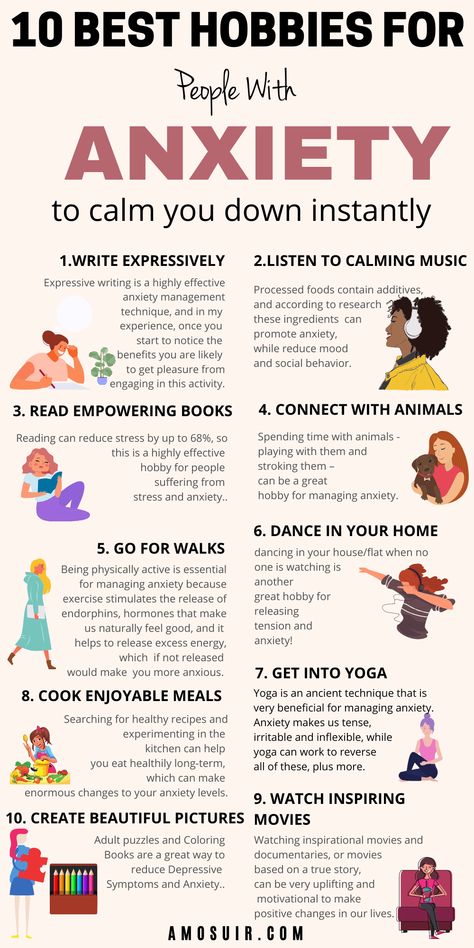Somatic therapy for trauma
Somatic Experiencing: A Body-Centered Approach to Treating PTSD
Somatic Experiencing: A Body-Centered Approach to Treating PTSDBy: Adam Grafa
“Trauma is a fact of life. It does not, however, have to be a life sentence.”
–Dr. Peter A. Levine
Somatic Experiencing is a body-centered approach to treating PTSD (post-traumatic stress disorder) that, rather than focusing only on thoughts or emotions associated with a traumatic event, expands to include the natural bodily (somatic) responses. It was first conceptualized by trauma therapist Dr. Peter Levine in the 1970s and in the years since it has come to be considered a leading-edge therapy for PTSD, with over 12,000 healing professionals trained.
Trauma vs. PTSDBefore taking a deeper look at Somatic Experiencing (SE), it’s essential to understand the interrelationship of trauma and PTSD. Very simply, a traumatic event, either experienced or witnessed, will happen before PTSD can set in. In other words, PTSD doesn’t happen without a traumatic event to trigger it, but at the same time, just because someone experiences trauma isn’t a guarantee that they will also experience PTSD.
Whether or not they do will depend on the individual because we all respond differently to trauma. Some of us have greater innate resilience to it than others. The good news is that for those of us born without it, Somatic Experiencing is a way to develop that resilience.
Common Forms of PTSD treatmentTo better understand Somatic Experiencing, it is helpful to contrast it with some of the other common therapeutic approaches used to treat PTSD:
Exposure therapy – As explained by the American Psychological Association (APA), Exposure therapy entails having a client confront the trauma directly in a safe environment to reduce fear. It has been shown scientifically to reduce fear and avoidance.
Cognitive Therapy – This method has its origins in Cognitive Behavioral Therapy and according to the APA: entails modifying the pessimistic evaluations and memories of trauma to interrupt the behavioral and/or thought patterns that have been interfering in the person’s day to day life.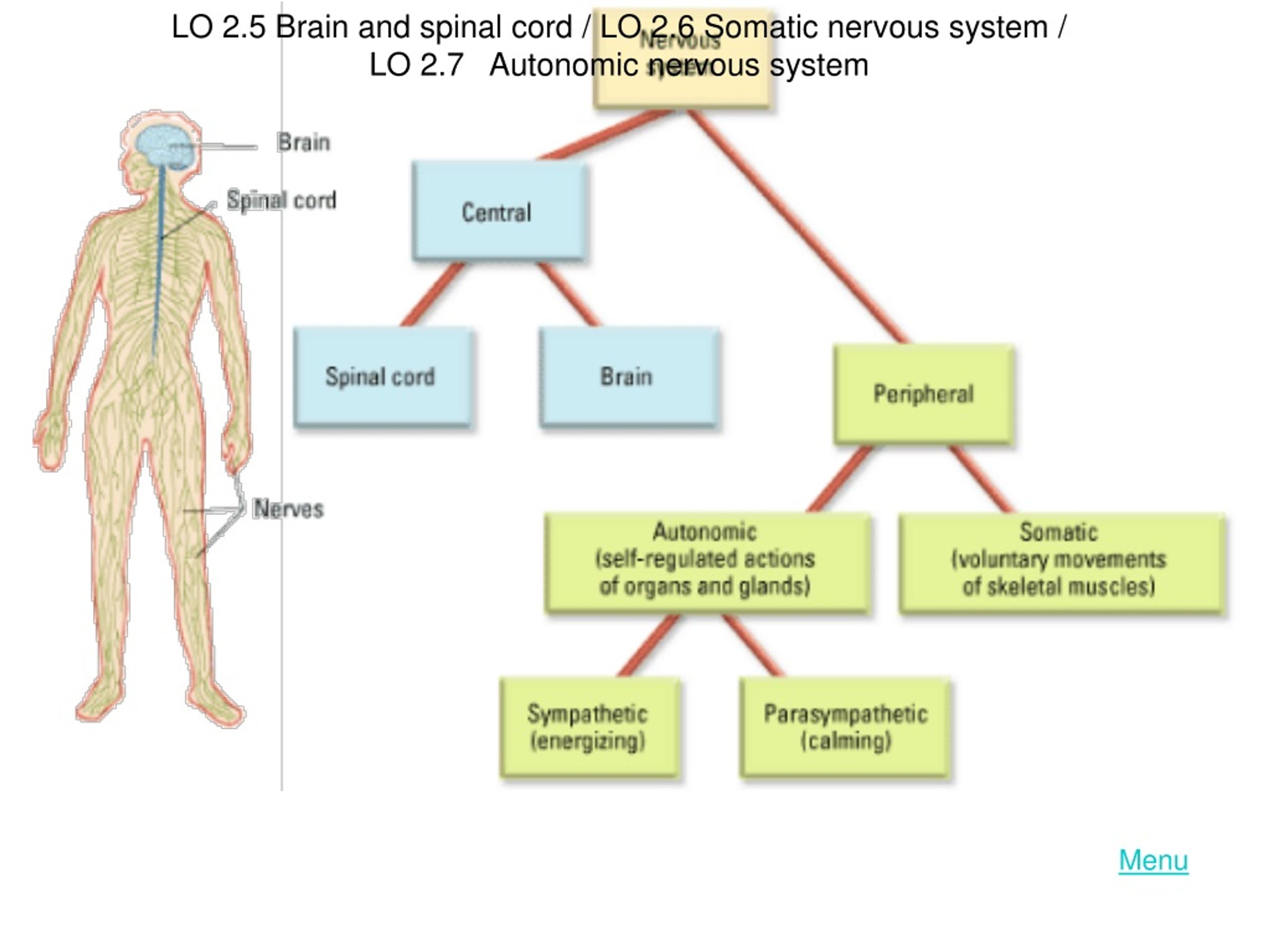
Eye movement desensitization and reprocessing (EMDR) – Rather than focusing on changing thoughts, emotions, and responses associated with a traumatic event, EMDR focuses on specific memories and how they are stored in the brain. Initially this was accomplished with rapid left-right eye movement while focusing on a particular memory, but other forms of bilateral stimulation, like alternating tones or taps, have proven to be equally effective.
While one of these modes of treatment can be successful at eliminating or diminishing the effects of PTSD, they aren’t always for everyone. For some, because these methods engage trauma more directly, the treatments themselves can become another source of trauma.
How is Somatic Experiencing (SE) different?Merriam-Webster defines somatic as “of, relating to, or affecting the body…” so, by its name alone, Somatic Experiencing telegraphs its difference from other therapeutic models. SE expands the focus of therapy to include the bodily energy created by trauma and seeks to repair and complete the natural cycle our bodies possess to release it. It also follows a less direct and more incremental approach to revisiting trauma, especially in comparison to Exposure Therapy.
SE expands the focus of therapy to include the bodily energy created by trauma and seeks to repair and complete the natural cycle our bodies possess to release it. It also follows a less direct and more incremental approach to revisiting trauma, especially in comparison to Exposure Therapy.
According to Kate Pabst, a Certified Somatic Experiencing Practitioner at Lyn-Lake Psychotherapy and Wellness, SE helps people “build awareness, coherence and self-regulation. The result is a deeper understanding of the body/mind connection with improved ability to release and regulate emotions. It also helps manage stress, resolve issues related to trauma, heal from and navigate life transitions, relationships and build resilience.”
Origins of Somatic ExperiencingDr. Peter Levine developed Somatic Experiencing from his observations of how wild animals recover from repeated traumatic experiences like attacks by predators (imagine gazelles eluding a cheetah).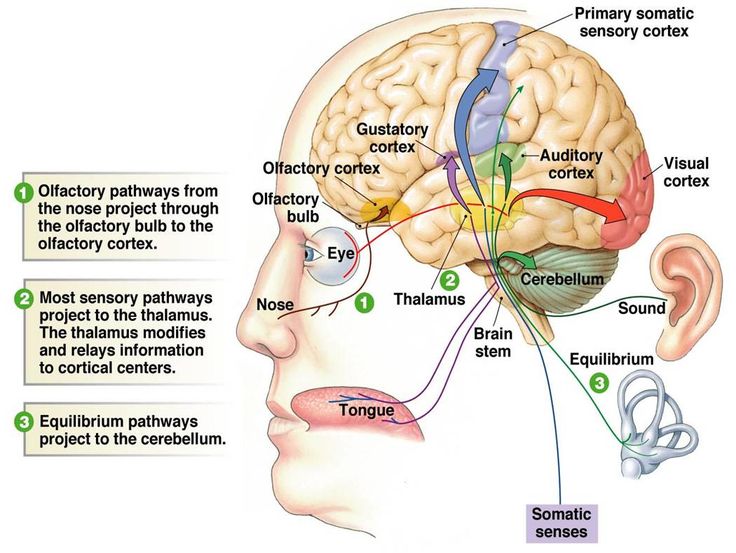 What he noticed was, after a threat was gone, the animals experienced a physical release of their fight-or-flight energy by shaking, trembling, or sometimes running. He also saw that with completion of the physical release, they quickly returned to their normal state.
What he noticed was, after a threat was gone, the animals experienced a physical release of their fight-or-flight energy by shaking, trembling, or sometimes running. He also saw that with completion of the physical release, they quickly returned to their normal state.
Dr. Levine believed that humans also possess the same ability to release physical energy from stress but often thwart it by “keeping it together” following trauma. We all probably have direct experience “keeping it together” through a difficult experience. Our ability to override what is an innate mechanism for self-care is for many of us what sets the stage for PTSD. By stopping this natural cycle of release, the energy becomes stuck, in effect keeping us in a perpetual state of fight-or-flight so that we are unable to return to our relaxed, balanced state.
It wasn’t until sometime later after his initial observations, however, that he was able to validate his thinking.It happened while he was in session with a client suffering from PTSD. His client began vividly reliving a traumatic childhood experience, and as he observed her agitated state, he had a flash of inspiration. He encouraged her to protect herself by running away from the threat, as if she was being chased by a tiger. She began kicking her feet, simulating escape, and with that action completed the natural release of traumatic energy that had been long trapped in her body.
His client began vividly reliving a traumatic childhood experience, and as he observed her agitated state, he had a flash of inspiration. He encouraged her to protect herself by running away from the threat, as if she was being chased by a tiger. She began kicking her feet, simulating escape, and with that action completed the natural release of traumatic energy that had been long trapped in her body.
Following this session, she experienced immediate and lasting relief from her PTSD symptoms, and Dr. Levine saw for the first time a human’s ability to enact the same physical release of trauma energy that animals do instinctively and regularly. With that, Somatic Experiencing as a therapy began.
What are Somatic Experiencing sessions like?No two sessions are alike, but there is a set of activities that will typically happen, although no set schedule for when they should occur. The specifics of each step, what is discussed, when to move from one step to the next, are determined entirely by the client and their comfort level at each step.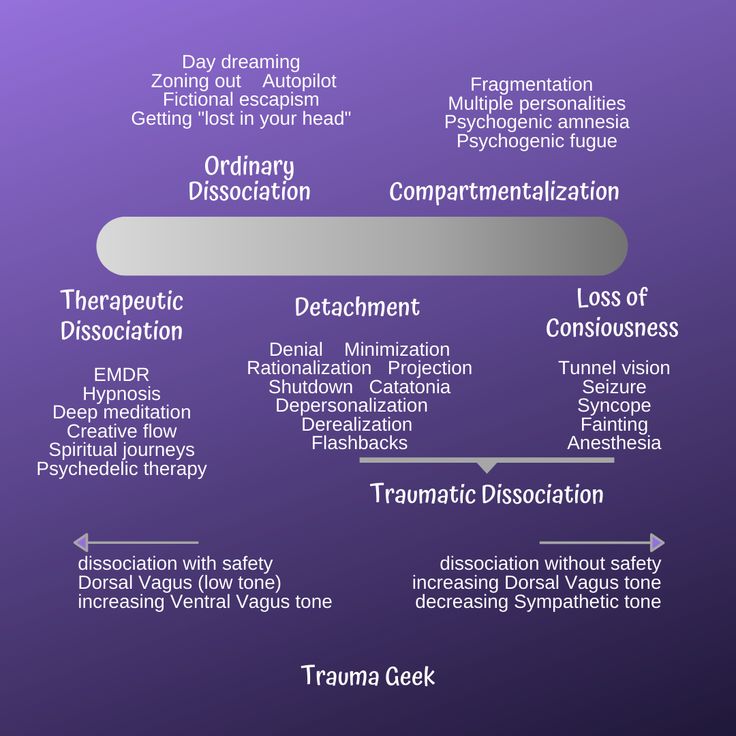
The first step is getting comfortable in the therapy environment, both with the therapist and the physical space, to have a sense of trust. Only after that, when trust is established, will the process of addressing the trauma begin.
After that, it might start by the therapist asking a client to revisit the time around the traumatic event, but not the event directly. For example. Using the experience of a car crash as an example, instead of immediately exploring the trauma, the therapist might begin the process of revisiting it by asking what the weather was like the day of the crash before it happened. This gentle and indirect approach to revisiting the trauma allows our bodies to build the resilience needed and slowly release stuck traumatic energy, a bit at a time.
The pace of progress, though, is determined by the client’s comfort level at each step along the way. The gentle exploration continues until the client builds enough resilience to productively and completely engage and release the trauma energy.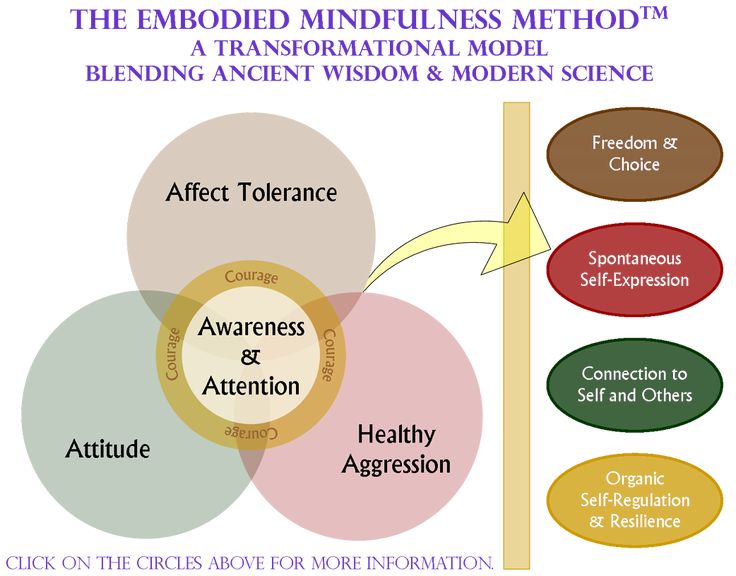
Kate likens Somatic Experiencing sessions to dancing, “It is fluid, and there is some improvisation that happens too… the goal is to get to that “flow” state that people talk about, like when you’re dancing and your movements are completely in sync with the music, and you’re no longer consciously thinking about what you’re doing.”
More InformationIf you or a loved one are considering seeking treatment for trauma and you would like to learn more about Somatic Experiencing feel free to contact Kate ([email protected]) or visit some of the resources below for more information.
About Kate PabstKate is a Certified Somatic Experiencing Practitioner (SEP) and utilizes SE, as well as SE focused expressive art therapy, with her adolescent, adult, and family clients to address anxiety, depression, grief, PTSD, relationship, and life transitions. Click here to request an appointment with Kate or another Lyn-Lake Psychotherapy & Wellness provider.
https://www.webmd.com/mental-health/what-are-treatments-for-posttraumatic-stress-disorder#1
https://www.frontiersin.org/articles/10.3389/fpsyg.2015.00093/full
https://www.goodtherapy.org/learn-about-therapy/types/somatic-experiencing
https://traumahealing.org/about-us/#about
https://www.psychologytoday.com/us/blog/the-intelligent-divorce/201503/somatic-experiencing
10 Somatic Interventions Explained — Integrative Psychotherapy Mental Health Blog
As a somatic therapist who helps clients heal in mind, body and spirit, I often get asked about this method of treatment.
What is somatic psychotherapy?
Somatic Psychotherapy is a term that’s been used more frequently over the past few years as scientific research has proven that, as humans, we store memories, experience and emotions on a cellular level. Which means, it’s not “all in your head”; rather, our bodies hold data as well.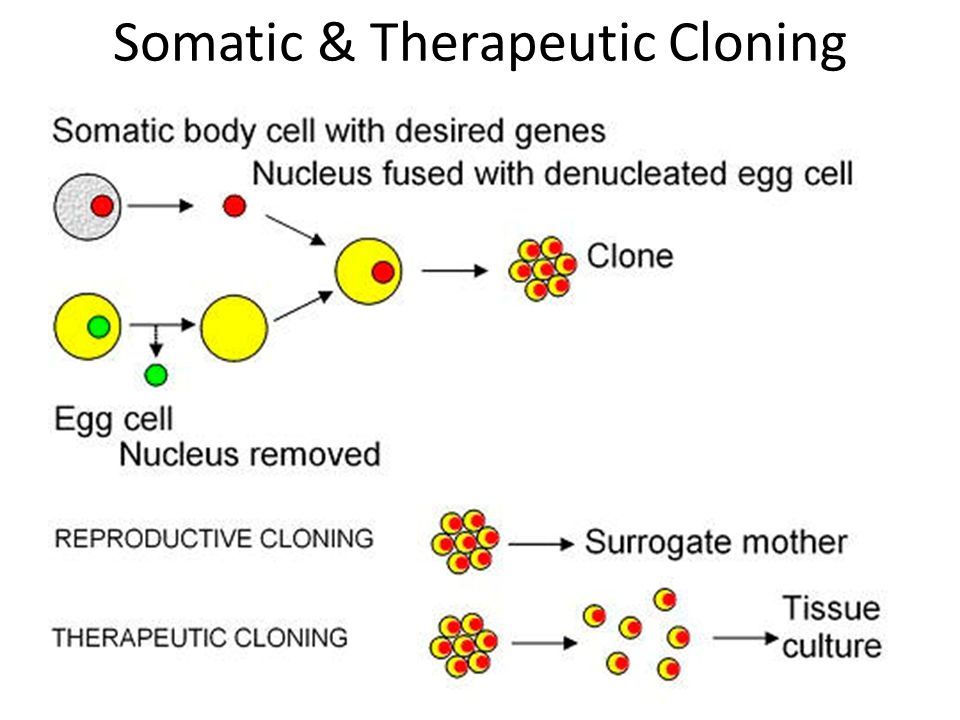
This is why many people express a feelings of “body anxiety” even in the absence of anxious “thoughts”. It’s also why you may find yourself not feeling very safe in your own skin on certain occasions, times of year or in certain environments, even if there is no “apparent” reason. Often, your body is reminded of something {even when your mind does not} and is sending an alert, a pause, or even a danger signal.
A body based therapy to help you heal on a cellular level
Initially, somatic therapies were created to help trauma survivors finally experience relief from their trauma symptoms such as flashbacks, difficulty sleeping, dysregulated eating patterns and chaotic relationships and lifestyles.
However, over the last number of years, somatic therapy has been effective in helping individuals who struggle with all kinds of stressors and has been effective in helping them finally experience relief.
Areas such as : relationship, intimacy, those seeking a feeling of security, wanting to feel trust, over/under achievers, parenting skills, managing anxiety, working though depression and other emotional difficulties.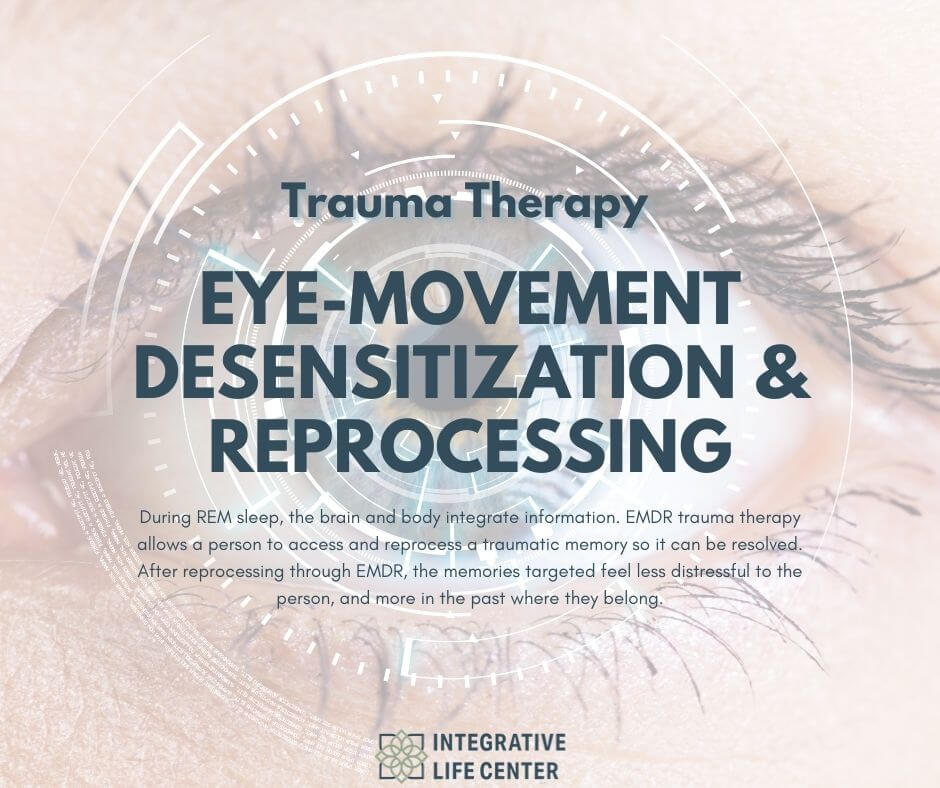
Accessing the Root of the Issue- an Integrative Approach to Healing
Therapies which focus on talking about “tough stuff”, learning skills or solely rely on the psychodynamic relationship without somatic , mind-body awareness or trauma interventions can be helpful up until a certain point.
Sometimes, clients are “doing” all the right things, but somehow aren’t feeling relief. This often happens when the therapy emphasizes focuses on “brain-based issues”, often assuming the mind and thinking style to be causing psychological distress. However, many times, it isn’t “just in your head”, and it’s not always related to an anxious, depressive or nervous wracking thought that is the cause of the problem.
When your distress is carved on your body; not in your mind.
In certain instances, the brain and body have been wired {based on experiences], leaving the body with unconscious, deeply-rooted beliefs that are not accessible by cognitive approaches such as “I am bad” , “I’m alone”, or “I won’t ever heal”, many times, the person may not even be aware of the beliefs they carry until confronted with a struggle related to it.
Because of this, Dr. Peter Levine (founder of Somatic Experience) and Dr. Pat Ogden (founder of Sensorimotor Psychotherapy) have researched, introduced, and trained many therapists in somatic approaches, utilizing an integrative whole-body approach to psychotherapy, to help clients access the body-based beliefs and release experiences that have been held on the body. These approaches have helped clients experience long term relief.
Somatic psychotherapy is a therapeutic approach which engages the body awareness as a powerful tool and intervention in therapy.
Somatic approaches are used to engage the relationship between mind, body, brain, and behavior. Somatically trained therapists use interventions to help calm their clients’ nervous system, and create more ease in the healing process.
Curious to know more? Here are some key concepts used in somatic psychotherapy.
1} Developing Somatic AwarenessIn somatic therapy, we educate clients about what body awareness is, and how to cultivate body awareness in and around your body.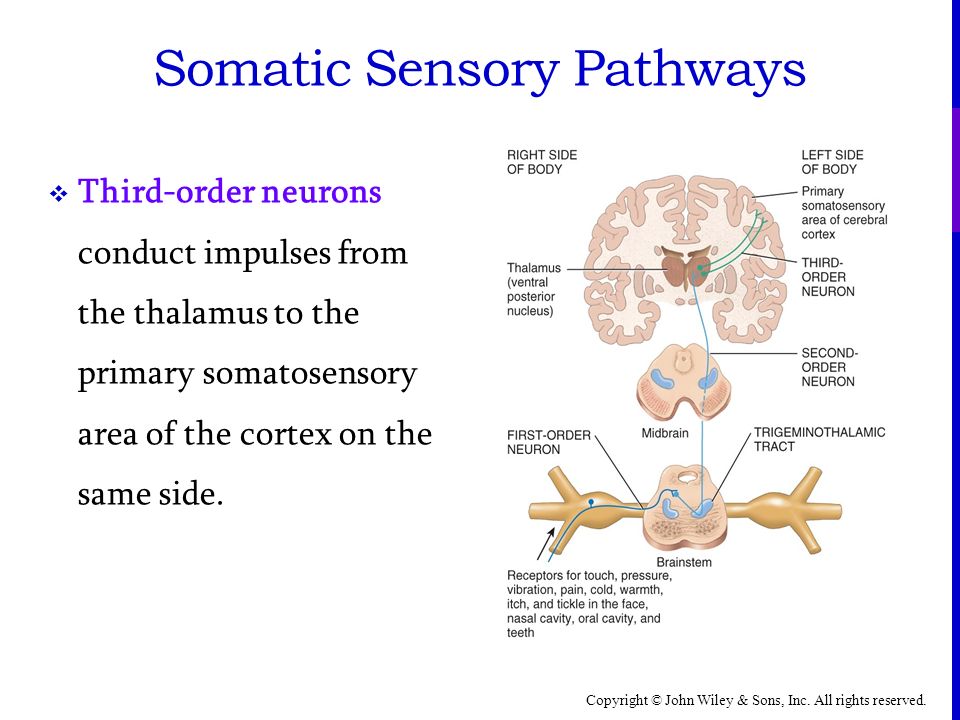 This is a prerequisite to creating change on a cellular level. We begin by identifying areas of tension and areas of constriction, as well as thoughts, feelings and behaviors that promote a feeling of calm and safety, and bring these to conscious awareness. We may practice something small such as softening a “hunched” back to a more straightened posture, to begin working towards body alignment.
This is a prerequisite to creating change on a cellular level. We begin by identifying areas of tension and areas of constriction, as well as thoughts, feelings and behaviors that promote a feeling of calm and safety, and bring these to conscious awareness. We may practice something small such as softening a “hunched” back to a more straightened posture, to begin working towards body alignment.
By focusing on, and amplifying the sensations in your body, you begin to deepen your healing experience and allow for change that you can “feel” in your skin.
2} ResourcingResourcing refers to the way we strengthen our sense of stability and safety in the world. In session, before beginning deeper work, we identify the resources you may have. Often we will look at significant people, relationships, ego strengths, experiences, times and places that strengthen a sense of safety and choice. Sometimes, this is a practice of coming up with a “secure space” - which can be real or imaginary, where we expand on a space that give you a feeling of peace, ease and calm.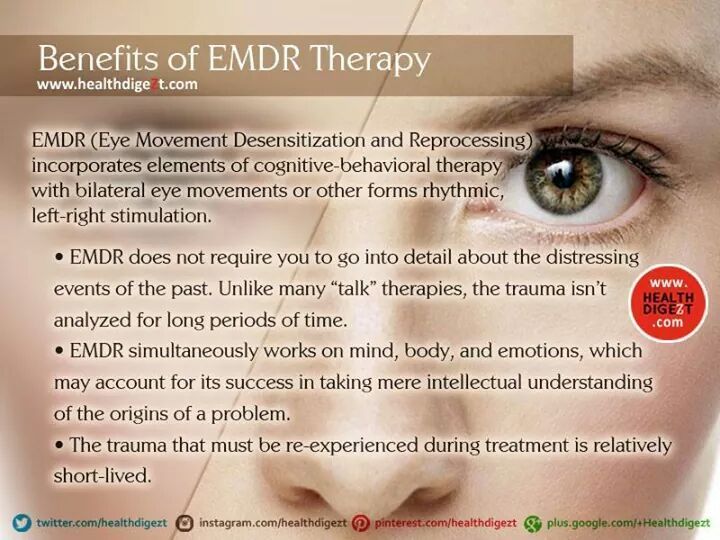
We also resource “protective figures”, “wise figures”, and “nurturing figures” by bringing to mind individuals who give you a sense of strength, empowerment and trust- and from there we may ask your body; for example: “ how does it feel to be in your skin when you bring up the image of those people who are protective figures in your life?”
We “download” the sensations, thoughts and feelings associated with feel-good experiences so the mind + body can come back to these resource states later when trauma or anxiety work gets tiring. The resourcing provides as an anchor to replenish energies.
3} Grounding in the Here-And-NowGrounding refers to our ability to experience our full selves as connected and “embodied”.
The concept of grounding is at the root of mind-body focused interventions. Alexander Lowen, developer of bioenergetics, introduced grounding as a concept in which we can live life, fully experiencing ourselves- connected in the world around us.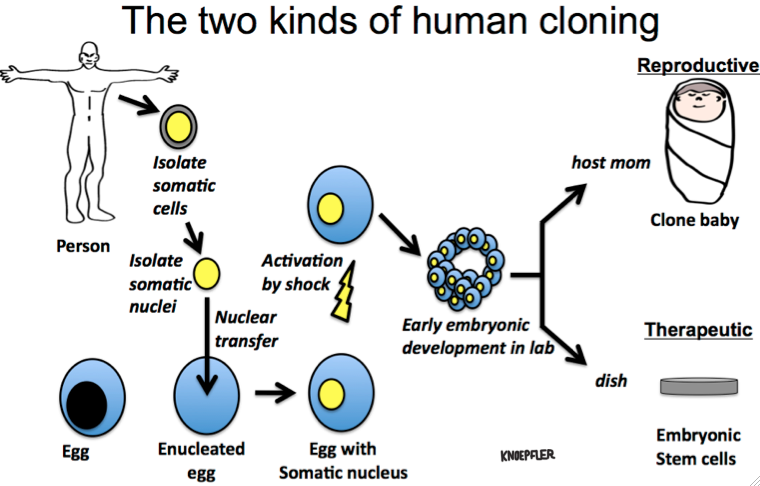 We use grounding tools to help calm and regulate our nervous systems when we are feeling overly activated or triggered, as grounding helps sooth and settle.
We use grounding tools to help calm and regulate our nervous systems when we are feeling overly activated or triggered, as grounding helps sooth and settle.
Often I use a 4 Elements Exercise where we get in touch with the elements around us; earth, air, water and fire.
4} Using Descriptive Language
Today’s somatic focused therapy approach is all about getting curious, getting descriptive and staying close to the experience that’s happening in and around your body. Tension, anxiety and trauma memories get processed as long as you can track, contact, describe and allow the experience to move through you.
For example, you’re angry at something that’s happened, but you don’t want to stay angry and irritated. You can get descriptive to meet your body experience, to help yourself move through it.
You may begin with some words such as, “It feels like a raging fiery feeling welling up in my chest….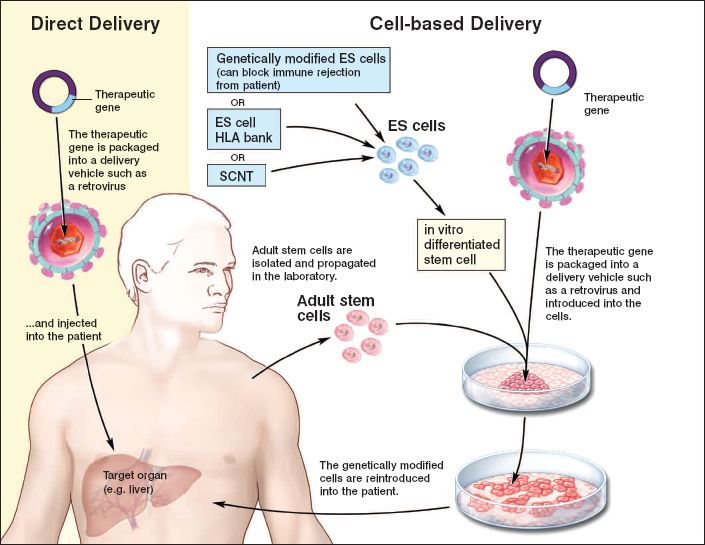 ”. As you stay with the sensations, and follow what happens next, you’ll notice the anger moves, and how it slowly shifts as you focus on the descriptive body sensation instead of the details of the upsetting event. You can use descriptive language as a method to deepen whatever you’re experiencing. Some descriptive words are: warmth, cold, tingly, sharp sensation, numb, dull pressure, ease, spinning, lifting, swirling, or calming.
”. As you stay with the sensations, and follow what happens next, you’ll notice the anger moves, and how it slowly shifts as you focus on the descriptive body sensation instead of the details of the upsetting event. You can use descriptive language as a method to deepen whatever you’re experiencing. Some descriptive words are: warmth, cold, tingly, sharp sensation, numb, dull pressure, ease, spinning, lifting, swirling, or calming.
Movement is a natural way for the body to move through difficult experiences, insecurities, past traumas and and intense emotions. Movement is a natural way to help strengthen your abilities to show up, be connected to others and feel more confident.
Movement helps us tap into our innate ability to heal the stories that our bodies hold.
If you take some time, you’ll notice how each of us carries stories and beliefs which impact how we interact with others and the people around us. Our gestures, postures, voice volume and presence in the room communicates what we believe about ourselves, what we expect, or what we’ve experienced in the past.
Our gestures, postures, voice volume and presence in the room communicates what we believe about ourselves, what we expect, or what we’ve experienced in the past.
In session, we would use movement to help you move through something that is coming up. For example, if you have an urge to hide behind other people, or to speak really quietly, we would notice that urge, and stay with it, allowing you to take on a physical movement to represent “the need to hide”. You might crouch down or look away. As you do that, you may have a thought such that is related to this urge, such as “its not safe to talk, or I won’t be heard” or “I actually have something important to say”. You may also have an image come up that is matched with when you learned you needed to “hide”. All of this is data that is easier to access, process and release when combined with movement.
6} Co-Regulation & Self RegulationCo-regulation refers to the way we calm ourselves down when we are connecting to someone else. In attachment focused therapies, the therapist uses her/himself to use mirror neurons to help the stressed or disconnected client calm down. When we are connect to another person’s sense of warmth, care and stability, we are able to better regulate our emotions.
In attachment focused therapies, the therapist uses her/himself to use mirror neurons to help the stressed or disconnected client calm down. When we are connect to another person’s sense of warmth, care and stability, we are able to better regulate our emotions.
Self Regulation is when we develop our own tools to calm ourselves down on our own. We all need a combination of both; soothing we get from others as well as our own abilities to self regulate when needed. Self regulation tools are taught to help you move through big emotions, and co-regulation techniques are used as well, in the therapy room, as well as teaching you how to utilize close relationships to help you regulate.
Emotional Regulation is also a vital ingredient in parenting because we teach our children how to regulate by how we help them regulate, and in turn, they learn how to self-regulate based on the co-regulation they got from the parent-child bond.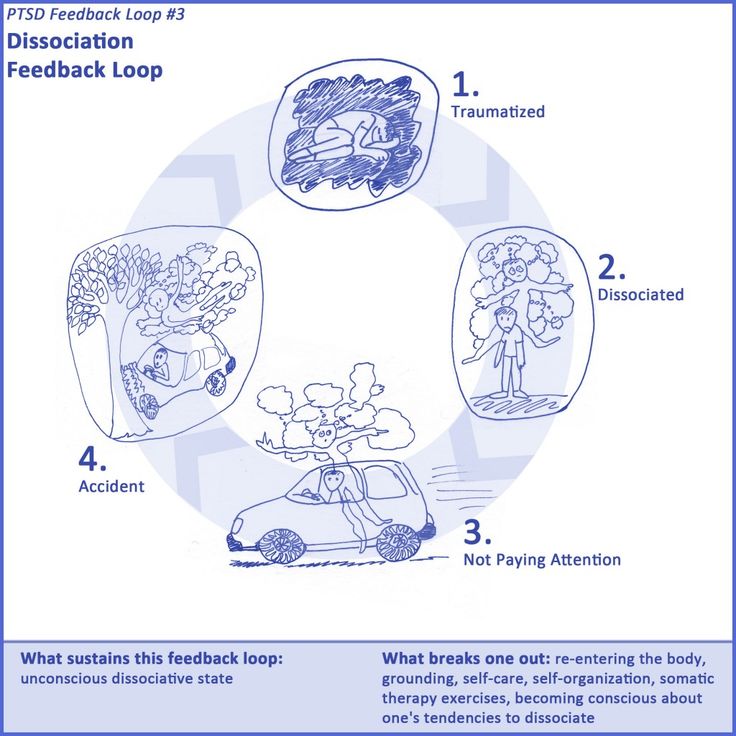 Living a regulated life is one of the biggest accomplishments, because when we are regulated we are able to live more deeply, love more fully and experience the sweetness of daily pleasures.
Living a regulated life is one of the biggest accomplishments, because when we are regulated we are able to live more deeply, love more fully and experience the sweetness of daily pleasures.
Trauma, panic, fear, terror, anger, frustration and depression all express via sensations in the body. We can feel overheated, trapped, frozen, disconnected or completely lost. Those kinds of experiences and emotions won’t move when you dive into them head-first, as you run the risk of flooding yourself and re-traumatizing your mind and body. ‘
When we approach healing from a body centered place, we do so with appropriate pacing and tracking so that the body can tolerate the discomfort, and properly release the emotions needing to be released. Two common words used regarding pacing and tracking are titration and pendulation.
Titration is a process in which we experience small levels of distress at a time, with the focus being to release, and “discharge” the tension from the body. Pendulation is what is used to achieve titration, as pendulation is when you pendulate your focus between stressful content and something completely non-stress related {calming/soothing content}.
Pendulation is what is used to achieve titration, as pendulation is when you pendulate your focus between stressful content and something completely non-stress related {calming/soothing content}.
You may do this by focusing on a stressful sensation that comes up when you begin processing something important. You then slowly oscillate to a resource such as the trust you have in a relationship in your life, or a belief that is reassuring to you. Oscillating through the two helps the body slowly tap-into and then release, at a balanced pace.
8} Act of TriumphAn act of triumph is a term Pierre Janet coined, and later, Peter Levine and Pat Ogden often use this concept in Somatic Experience and Sensorimotor work. This term is used to references a trauma or event where the body needed to engage in an act of defense or a way of protecting itself, and couldn’t.
Somatic work": helping the body re-negotiate events on a body-based level so you can experience relief.

This is because past events get trapped in the body and play themselves out with intrusive images, thoughts, tension, panic, unhealthy relationships and a feeling of sadness or despair.
For example, if you were stuck in a situation and needed to get away, but couldn’t, in somatic therapy we would help you slowly drop into the sensation of the event that happened; without going into too much talking about it - but letting the body go back to what it experienced. We then try an experiment where the body does what it needed to do- so you may move your feet as if you’re beginning to walk or run out, or reach out to someone who could have taken that part of you out of the difficult, or even dangerous, situation.
Another act of triumph may be to push against a pillow, or a wall, feeling the strength in your arms, being able to set a boundary or say “no” to whatever it is that you needed to stop at some point in the past, but couldn’t because you didn’t have the strength, it would have been dangerous or you didn’t know how.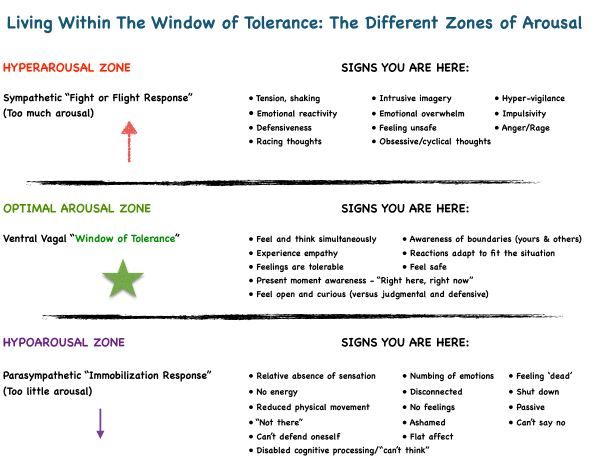 Even though you are no longer in the situation, the cells in your body are still connected to that event, and when you engage in an act of triumph, the body often experiences a deep sense of calm and relief on a cellular level that it had not experienced by simply talking about the event.
Even though you are no longer in the situation, the cells in your body are still connected to that event, and when you engage in an act of triumph, the body often experiences a deep sense of calm and relief on a cellular level that it had not experienced by simply talking about the event.
Sequencing is the process of which the body-based tension begins to release, and it typically happens with a beginning movement, sensation that moves up or down a part of the body, or an emotion that intensifies and then slowly starts to lessen. It’s like a linking experience, where there are a few dominoes, and once the process starts, the rest of the body continues to sequence; Tension in the belly may begin moving upward to your upper body, feel like tightness in your chest and then feeling like your arms are heavy.
As you stay with it, you may notice a pulsing feeling in your throat, or a tightness in your head/ or around your forehead.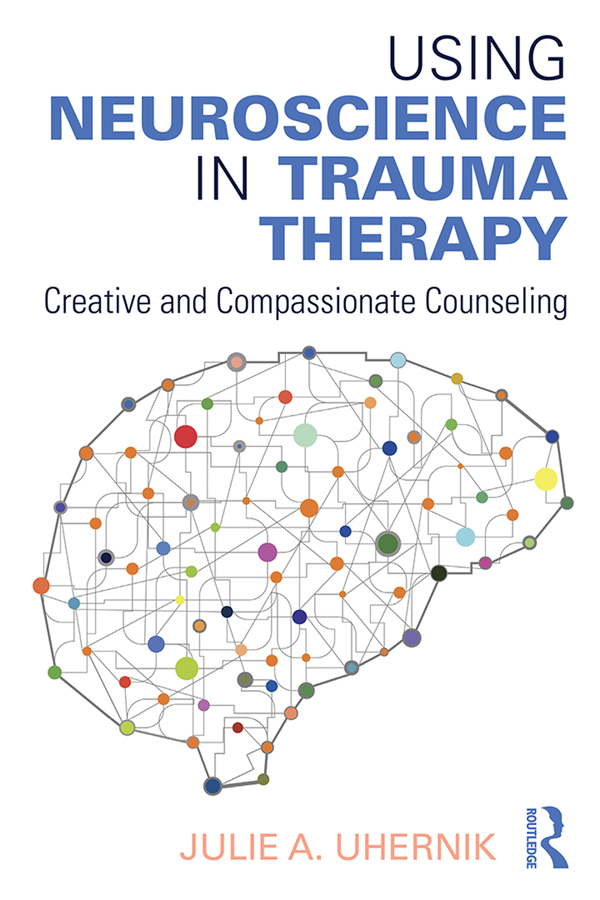 At some point, there there is often trembling, where the hands and/or legs tremble, where the tension begins leaving the body.
At some point, there there is often trembling, where the hands and/or legs tremble, where the tension begins leaving the body.
There are many ways the body moves through sequencing, tension can leave through the top of your head, bottom of your feet, tips of your hands or arms, but there’s an obvious moving through. Sometimes it takes a matter of seconds, and for others, it can be a few minutes.
Sequencing often also brings other forms of release; you may cry as a way of letting go emotions and sadness that you’ve been holding. You may take a deep sigh and notice an ability to breath easily, or you may feel like you’ve dropped a huge brick from your heart. Clients often express a lighter feeling after their body has properly sequenced through an event or emotional experience.
10} Boundary SettingBoundaries are a foundational piece of work when it comes to healing. When you lean into boundaries from a somatic standpoint, you will notice what kind of boundaries you are naturally setting; verbally and nonverbally.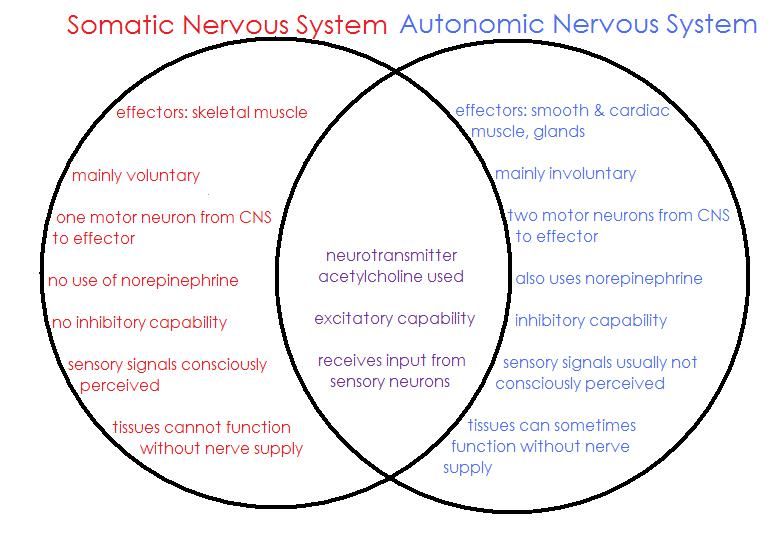 In session we may practice saying words like “YES” or “NO” or “ stop” or “okay”, sensing what it’s like to express limits using movement, nonverbal cues as well as verbally. Setting boundaries is one of the surest ways to feel protected and steady in your skin, and in your day-to-day interactions.
In session we may practice saying words like “YES” or “NO” or “ stop” or “okay”, sensing what it’s like to express limits using movement, nonverbal cues as well as verbally. Setting boundaries is one of the surest ways to feel protected and steady in your skin, and in your day-to-day interactions.
Your Somatic Awareness in this Moment
As you’re reading this, notice what it’s like to be reading about healing mind and body. Check inward if there are emotions, situations or even a pressure point that is pulling at your attention. You can think about some resources that you currently have, or would like to identify for yourself.
Living Mindfully with Somatic Awareness
Take a moment to be mindful of who you are, what your environment feels like and how this information lands on you as you digest it.
If you’re reading this because you’ve been curious about engaging in some somatic focused therapy for your own self, be it somatic experience, somatic intervention or attachment focused sensorimotor psychotherapy, I invite you to reach out here.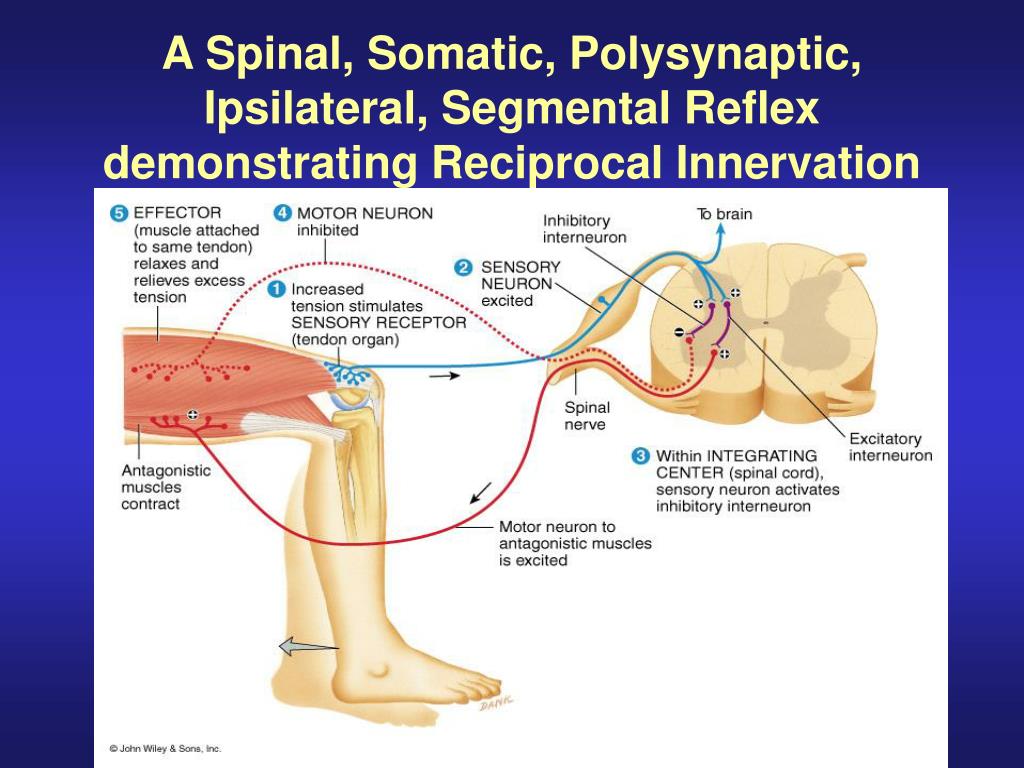
At Integrative Psychotherapy we help clients engage in body-focused healing so they can live more wholesomely.
We also use other scientific based methods such as EMDR, Eye Movement Desensitization and Reprocessing, Internal Family Systems/ Parts work, Expressive Arts and More. Reach out today for your free 15 minute consultation to see how we can help you feel better.
And, get yourself some FREE downloadable worksheets and downloads to deepen your connection with yourself and engage in some mindfulness activities..and more. Click here for access to FREE content made with you in mind!
Listen to Esther Goldstein, Somatic Practitioner.
Abandonment Trauma, Dissociative Identity Disorder (DID), Enmeshment, Post Traumatic Stress Disorder (PTSD), TraumaEsther GoldsteinComment
0 LikesWhat is somatic therapy and what are its features
Trauma leaves a strong imprint, both on our personal life and on the whole human segregation in general. Of course, the reality of trauma is constantly being redefined in various social approaches, politics, education, health care and mental health. But what is surprising is that when they talk about it, they always seem to miss the most important component of psychic trauma. It is pain, mental pain, and often physical pain. nine0003
Of course, the reality of trauma is constantly being redefined in various social approaches, politics, education, health care and mental health. But what is surprising is that when they talk about it, they always seem to miss the most important component of psychic trauma. It is pain, mental pain, and often physical pain. nine0003
When we write books, formulate approaches, give lectures, we fill our concepts with words all the time and thus distance ourselves from immediate givenness, from reality. We constantly think in words, speak in words, create abstract ideas that fit into some kind of linguistic constructions that fit information.
A word-based theoretical framework is of course very important for us to understand the essence of the issue, it allows us to better understand, see the big picture and navigate the subject, but it takes us very far from seeing a real person with a real psychological trauma. How can we help a person if we are based solely on abstract ideas, knowledge and theories, we are distracted from the living details of human existence? nine0003
Feelings are the most immediate reality of human existence, therefore, without a balance of verbal and non-verbal methods of psychotherapy, real psychotherapy is impossible.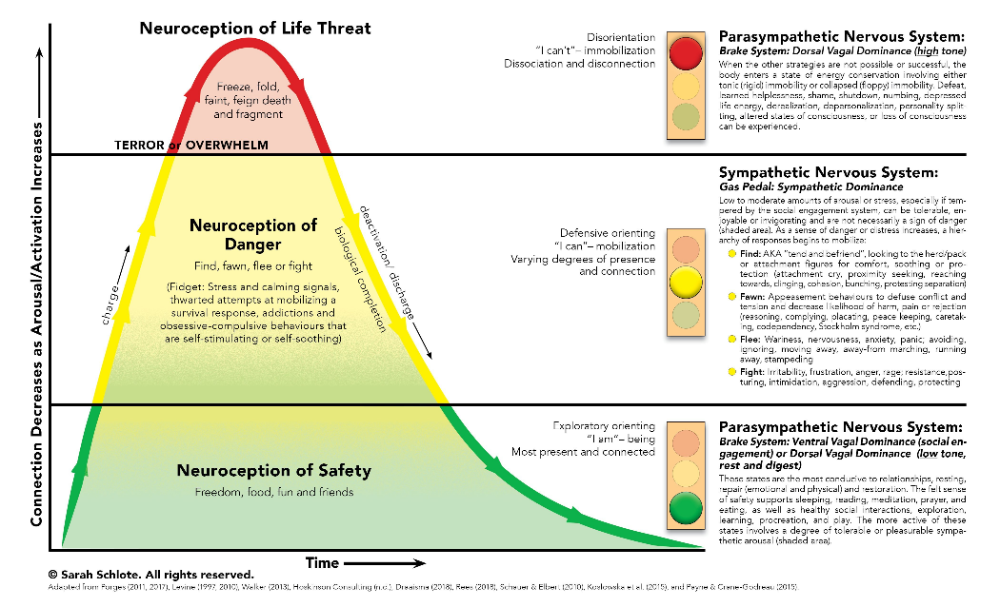 When we talk about the verbal aspect, about verbal psychotherapy, we are talking about only one aspect of our existence - this is the semantic aspect. But it is no secret that in trauma the semantic centers are not activated and do not participate in the processing of experience. Therefore, it is very important to include in trauma therapy such parts of experience as images, feelings and sensations, and not just ideas that distance us from the real experience of experiencing trauma. nine0003
When we talk about the verbal aspect, about verbal psychotherapy, we are talking about only one aspect of our existence - this is the semantic aspect. But it is no secret that in trauma the semantic centers are not activated and do not participate in the processing of experience. Therefore, it is very important to include in trauma therapy such parts of experience as images, feelings and sensations, and not just ideas that distance us from the real experience of experiencing trauma. nine0003
In psychotherapeutic attitudes that focus primarily on words, thinking, discussing the situation, in these attitudes we remain on the surface levels, so the trauma may not be resolved. In my experience, I often come across the fact that people come with surprise that after several years of therapy, the trauma remains. This all comes from the fact that the emphasis in their therapy was on the logical, verbal, thought process.
Absolutely no attention was paid to sensations, a holistic approach to trauma therapy, to reducing stress and restoring self-regulation functions.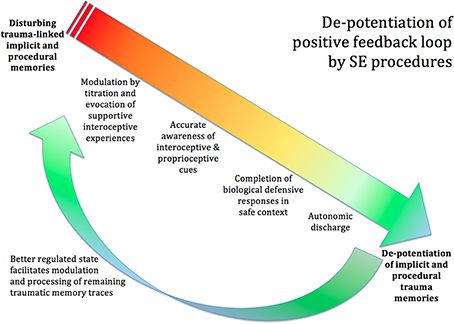 nine0014
nine0014
The central idea of somatic experience is the idea of integration. And, as you know, it is integration that lies at the heart of our existence, our entire existence is based on this. The integration of the various parts of our experience links the various elements of our being into a functional whole. Integrating the various elements of our experience. We become more flexible, more adaptive, more adequate, we have more energy and more stability. Without this integration, our stream of consciousness becomes distant from our experience. From reality, makes us more rigid, more chaotic. nine0003
Therefore, trauma can only be considered in an integrative approach.
Post-traumatic states are distinguished precisely by rigidity and disorder in relationships, boundaries, in thoughts and in relationships with oneself. People in these states stop spontaneously reacting to circumstances and act according to patterns that preserve their energy and protect them from events that are dangerous from their point of view: limit social connections, interfere with risk and creativity.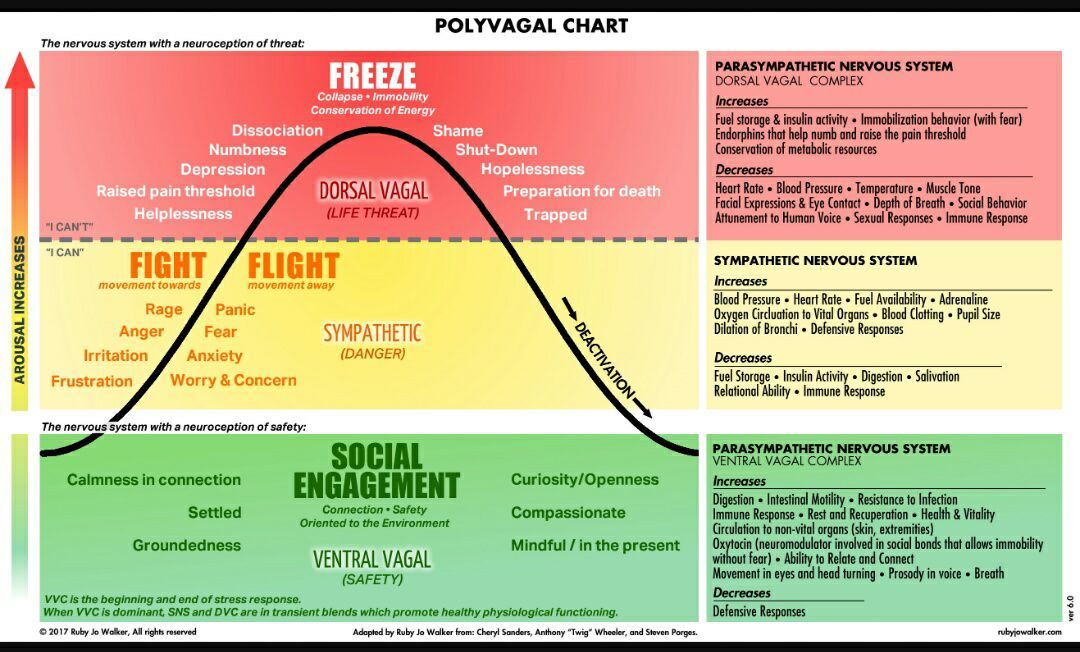 nine0003
nine0003
By means of combining, linking, integrating the various parts of our experience within our perception, awareness, we develop greater coherence and harmony in our activity, link the work of our hemispheres. And thus, we have a greater awareness of what we are doing. Mindfulness, in turn, starts the process of self-healing, which is blocked after trauma.
The process of self-healing is our natural ability, it is important to release this process and give it the opportunity to influence us. This is the goal of trauma therapy, to start the processes of self-regulation and self-healing. By doing so, we release a free flow of energy within our body. nine0003
This, of course, affects both the quality of our life and the quality of our mental activity.
Restoring the process of self-perception, a person restores not only the freedom of his body, not only releases his muscles, but all this affects his behavior, the functioning of internal organs, interaction with other people, his activity.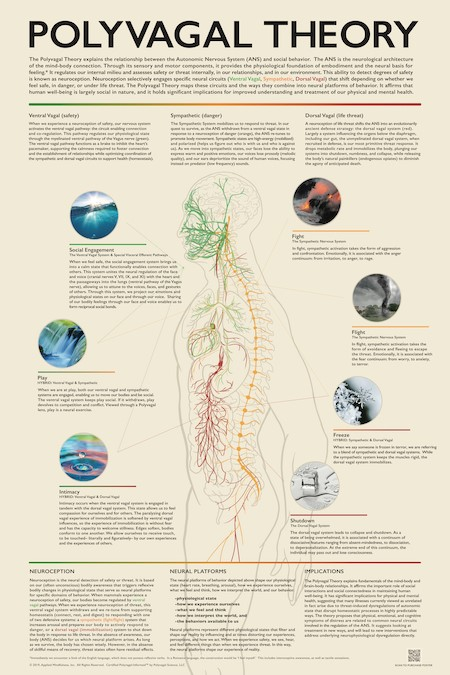 Thus, his consciousness becomes more open and accepting, if you like, more loving and warm, which naturally cannot but affect the quality of a person's life and his destiny. nine0003
Thus, his consciousness becomes more open and accepting, if you like, more loving and warm, which naturally cannot but affect the quality of a person's life and his destiny. nine0003
Therefore, another feature of somatic therapy is empathic communication, that is, the entire psychotherapeutic process is built on a relationship of trust and respect. This is very important, because any work with the body in psychotherapy involves a fairly high, critical level of intimacy between the therapist and the client. It is because of this that the awakening body awakens our consciousness, following the wisdom of the body awakens mental wisdom.
nine0002 Thus, the fundamental principle of somatic therapy is addressing the body simultaneously with a general awareness of oneself in the "here and now" and through the integration of various parts of experience. Through this principle, healing becomes possible. Through this accepting awareness, opening, nonjudgmental attention, exploratory attitude towards life, our consciousness can move from chaos and rigidity to coordinated functioning with the body.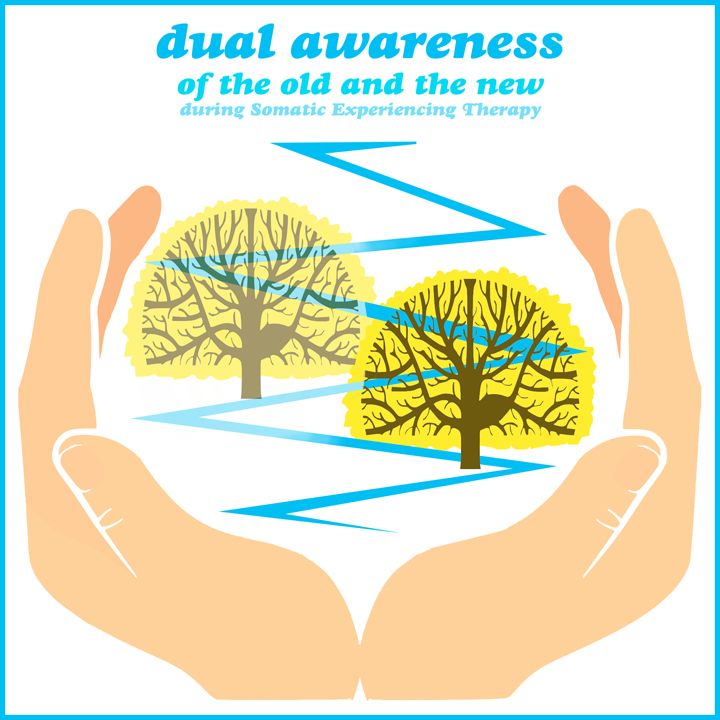 Such awareness of one’s body, or somatic experience, is capable of immersing a person in archetypal states of self-healing, fullness of energy, activity, without including those usual psychological defense mechanisms that interfere with experience and interfere with a person’s inclusion in life, interfere with spontaneous response to circumstances. nine0003
Such awareness of one’s body, or somatic experience, is capable of immersing a person in archetypal states of self-healing, fullness of energy, activity, without including those usual psychological defense mechanisms that interfere with experience and interfere with a person’s inclusion in life, interfere with spontaneous response to circumstances. nine0003
Moreover, thinking with its defense mechanisms often simply cannot realize the somatic state, cannot realize feelings and needs, since they are very closely connected with sensations.
Recently, we have forgotten this most important factor in human well-being and health - the relationship of bodily sensations, physical condition and psychological health. Fortunately, modern science has again turned to the central role of the body in creating emotions and meanings, and therefore needs, because it is the body that is the source of all this. It is the body that resonates with our emotional state and reflects it, so it would be completely unfair to forget that our psyche is corporeal. nine0003
nine0003
These aspects are taken into account by somatic therapy, therefore the focus of its work is the so-called somatic consciousness, the integration of all elements of human experience. This is a very good practical, effective tool in healing trauma.
Excerpt from the book Step Out of the Past. Trauma Psychotherapy Manual
Author: Sviridkina Tatyana Leonidovna
back
what is somatic therapy – HEROINE
It is not in vain that scientists advise you to cope with stress through movement - this not only releases endorphins, but can also help you work through your emotions. Somatic therapy is based on this belief. We will tell you what you need to know about the psychotherapeutic practice that treats mental problems through the body.
What is Somatic Therapy
Somatic therapy is a form of psychotherapy practice that combines talking therapy with physical methods.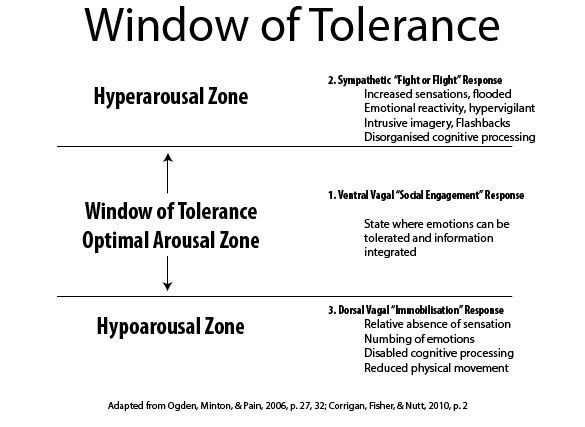 It is based on the idea that the mind, body, and emotions are inextricably linked and cannot be considered one in isolation from the other. According to proponents of somatic therapy, stress from past emotional trauma affects the central nervous system and can cause changes in the body. Sometimes this is reflected in the person's body language. The simplest example is slouching, which is associated with constriction, the desire to hide, isolation. nine0003
It is based on the idea that the mind, body, and emotions are inextricably linked and cannot be considered one in isolation from the other. According to proponents of somatic therapy, stress from past emotional trauma affects the central nervous system and can cause changes in the body. Sometimes this is reflected in the person's body language. The simplest example is slouching, which is associated with constriction, the desire to hide, isolation. nine0003
Somatic therapists imply that this also works the other way around: if you get rid of chronic tension and learn to feel your body, then this will help to cope with mental problems. The goal of therapy is to help a person get rid of stress and pain with the help of various physical practices.
The belief that trauma or any psychological state exists solely in the "mind" is false. Every thought and impression is a complete experience of mind and body. You cannot have one without the other. nine0003
, naturopath Brad Lichtenstein tells HelloGiggles.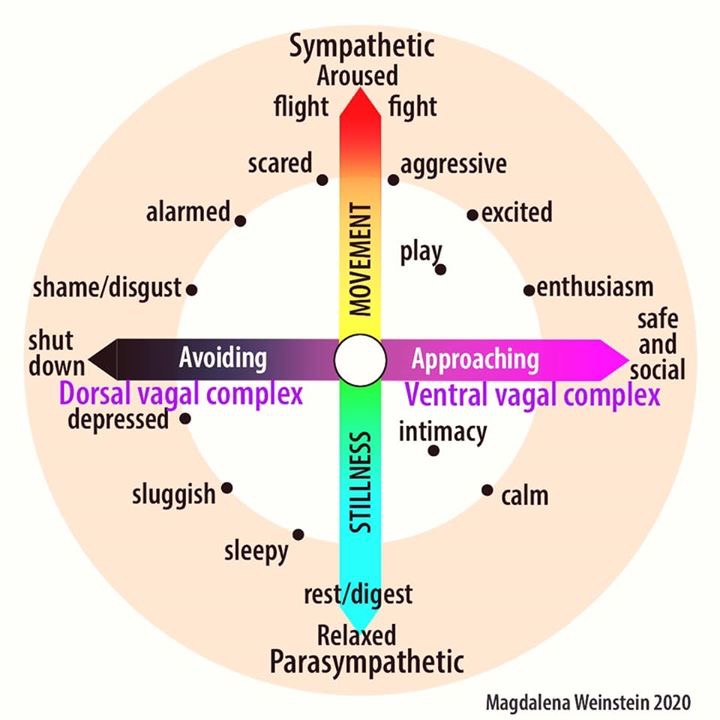
As an example, the expert suggests trying to get angry without tensing a single muscle or thinking about the subject of anger - this is almost impossible.
Thus, we realize that by changing our posture, muscle tension and breathing, we can change our emotional and cognitive state.
- notes Liechtenstein.
Stanley Kaleman and Peter Levin are considered the founders of somatic therapy. They were among the first to consider the mental trauma of a person as a result of his inability to cope with stress and an attempt to escape from it. nine0003
Problems Physical Therapy Can Help With
Physical therapy can help people suffering from stress, anxiety, depression, post-traumatic stress disorder and other mental problems. According to Brad Lichtenstein, the benefit of somatic therapy is that it can sometimes help avoid re-triggering of trauma. One way to treat victims of PTSD in psychotherapy is to help the person replay the traumatic event and relive it in a safer environment.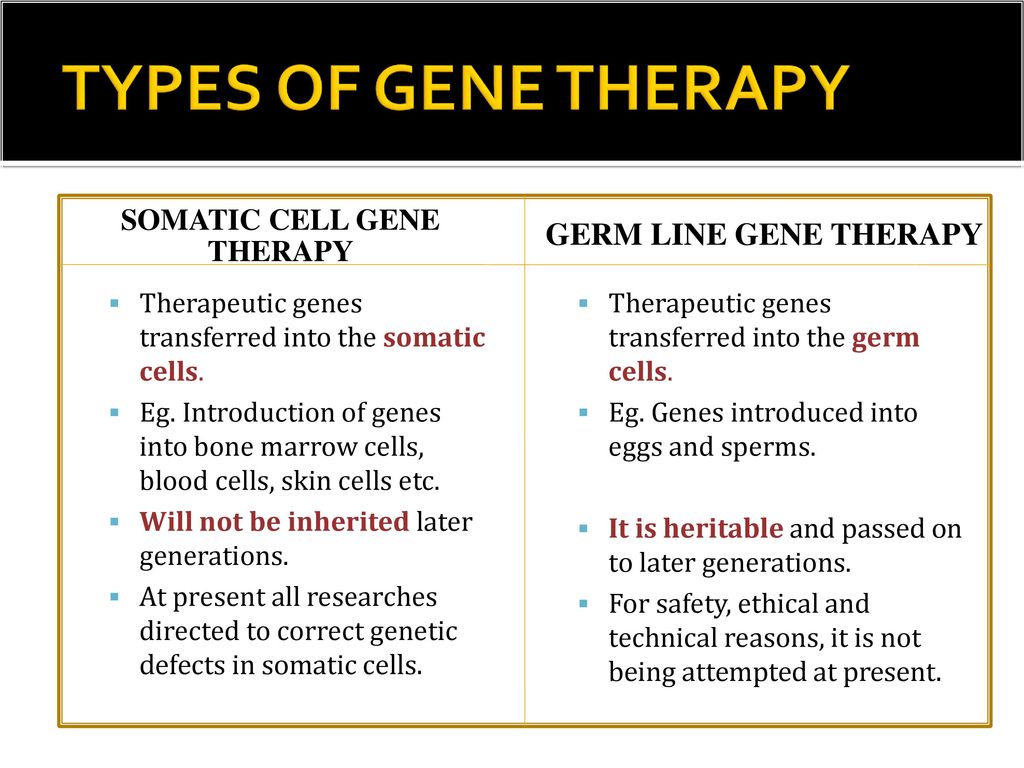 This method is effective, but painful for the patient. Somatic therapy can alleviate the condition of a person in cases where he is not ready to talk about trauma at all. nine0003
This method is effective, but painful for the patient. Somatic therapy can alleviate the condition of a person in cases where he is not ready to talk about trauma at all. nine0003
People suffering from chronic pain, eating disorders and other physical conditions that are difficult to respond to conventional treatment can also benefit from somatic therapy.
Somatic therapy is applied both individually and in a group format.
Read Related: Smell Healing: Does Aromatherapy Work According to Science
How Somatic Therapy Works
Somatic therapy can be integrated into other psychotherapeutic practices. The sessions are different. For example, they begin with talking therapy, during which the specialist discusses with the patient his traumatic experiences and draws attention to the physical reactions with which the patient accompanies the story of them. To alleviate the state provoked by traumatic memories, the therapist offers the patient physical practices: meditation, breathing exercises. There are also many ancillary physical techniques that can be used as somatic therapy - yoga, dance therapy, massage, acupuncture, tai chi and other body practices. The main thing is that all of them provide not just physical relaxation, but teach you to listen to your body, sensations and emotions that arise in response to movements. Somatic therapy is valued precisely for the variety of approaches. nine0003
There are also many ancillary physical techniques that can be used as somatic therapy - yoga, dance therapy, massage, acupuncture, tai chi and other body practices. The main thing is that all of them provide not just physical relaxation, but teach you to listen to your body, sensations and emotions that arise in response to movements. Somatic therapy is valued precisely for the variety of approaches. nine0003
Somatic therapy sometimes uses methods that official science classifies as alternative medicine, because they do not have sufficient scientific justification. For example, these are the Feldenkrais Method, the Rosen Method, the Alexander Method, Rolfing.
Somatic therapy is often used as an adjunct method, in combination with other types of psychotherapeutic help, such as Gestalt therapy.
For physical therapy to be effective, it is important to follow certain rules. The patient should feel comfortable and safe - without these conditions, the treatment will not bring results or even aggravate the person's condition.